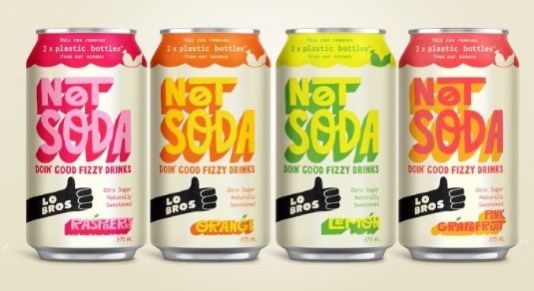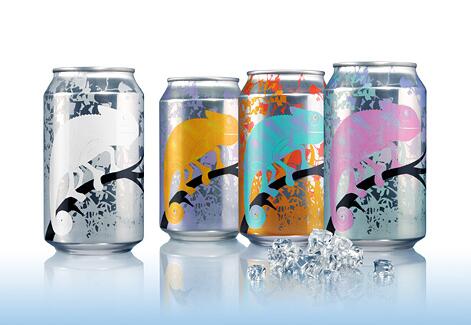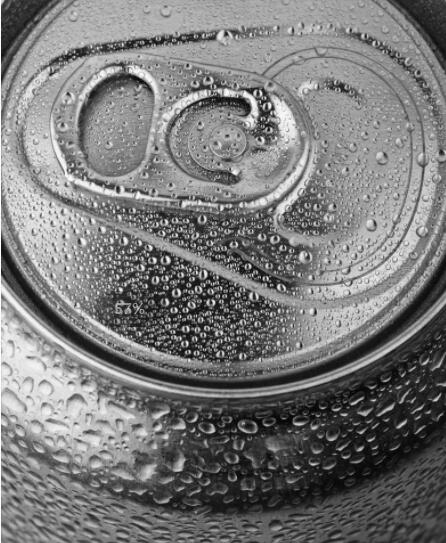From Aluminum Coils to Beverage Cans: The Journey of Transformation
Aug 22, 2023
Aluminum beverage cans are a ubiquitous sight on store shelves and in the hands of consumers worldwide. However, the intricate process that transforms aluminum coils into the familiar, lightweight containers goes largely unnoticed. In this blog, we will take a fascinating journey through the production process of aluminum beverage cans, from the initial aluminum coils to the final product that holds your favorite drink.
Raw Materials:The process begins with the procurement of high-quality aluminum coils. These coils are typically made from primary aluminum, which is derived from bauxite ore. Extraction and refining processes transform the ore into alumina, which is then reduced to aluminum through an electrolytic process. The resulting aluminum is cast into large, thin coils, ready for further processing.
Coil Preparation:The aluminum coils undergo several preparatory steps to ensure their suitability for can production. The coils are uncoiled and flattened, removing any surface imperfections. They are then carefully cleaned to eliminate dust particles or contaminants that could affect the quality of the final product.
Coil Coating:To enhance the cans' appearance and protect them from corrosion, the cleaned coils are coated. The application of a liquid coating, typically a polymeric material, creates a protective barrier on both sides of the aluminum. This coating not only prevents direct contact of the beverage with the metal but also offers aesthetic appeal.
Coil Printing and Decoration:To transform the plain coated coils into visually attractive beverage cans, printing and decoration processes are employed. The coils pass through printing machines equipped with vibrant, high-resolution graphics. These graphics can include brand logos, product information, and eye-catching designs that will later be visible on the finished cans.
Can Manufacturing:Once the printing and decoration process is complete, the coated and printed aluminum coils are fed into specialized machines that shape them into cylindrical cans. Cutting, forming, and necking processes transform the flat coils into cylindrical bodies with precise dimensions that conform to beverage industry standards.
Can Lid and Bottom Production:While the can bodies are being manufactured, separate processes are underway to produce the lids and bottoms. Similar to the can bodies, the lids and bottoms are formed from aluminum sheets using specialized machines. The formed lids and bottoms are coated, printed, and stamped to ensure a secure fit and proper branding.
Assembly and Quality Control:In the final step, the can bodies, lids, and bottoms are meticulously assembled on automated assembly lines. The lids and bottoms are properly aligned and mechanically sealed onto the can bodies, creating a hermetic seal that prevents any leakage or contamination. Rigorous quality control measures are implemented throughout the process to guarantee the cans' integrity and conformity with industry standards.
The journey from aluminum coils to beverage cans is a complex and meticulous process involving multiple stages of preparation, coating, printing, shaping, and assembly. Each step is essential in producing cans that are not only functional and durable but also visually appealing. The next time you reach for a refreshing beverage from an aluminum can, take a moment to appreciate the intricate journey it has undergone to reach your hands.







